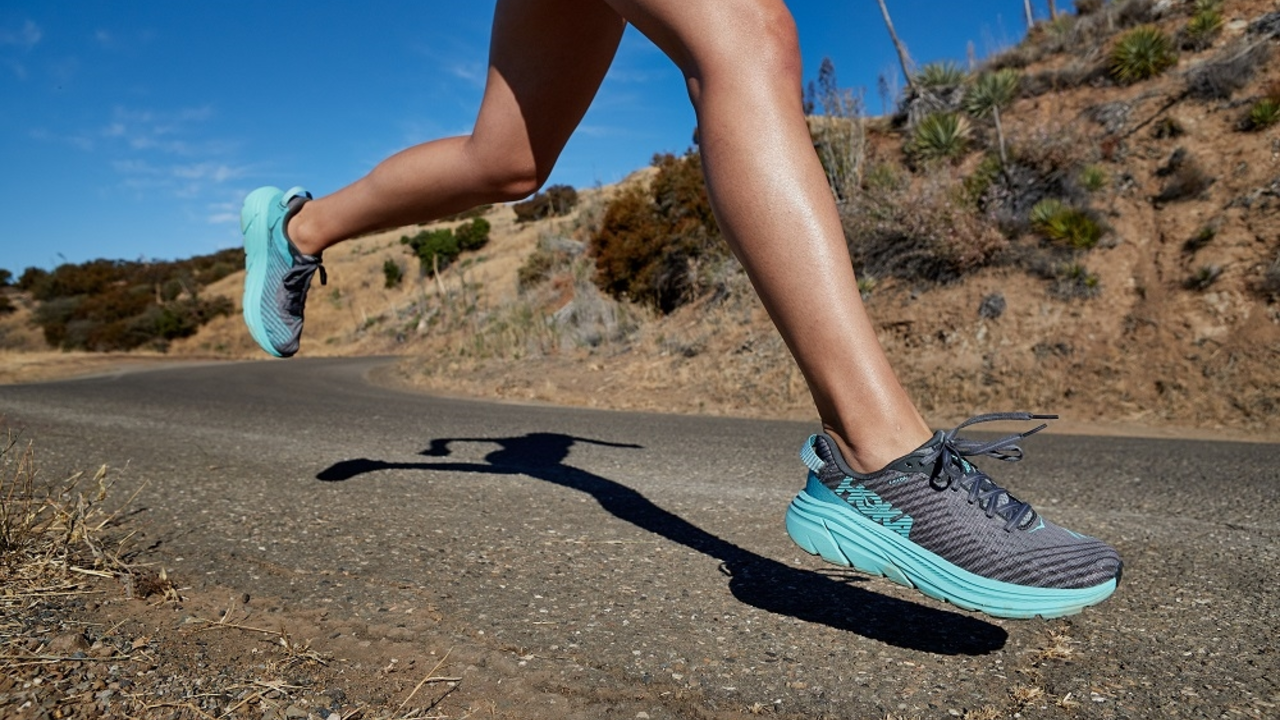Athletic Footwear in Soccer: Boost Performance & Prevent Injuries
When talking about athletic footwear, sports‑specific shoes built for grip, support, and speed. Also known as sports shoes, it plays a pivotal role in how a player moves, reacts, and recovers on the pitch. Soccer cleats, the studded shoes designed for grass and artificial surfaces are a direct subset of athletic footwear, offering the traction needed for quick cuts and powerful sprints. Meanwhile, training shoes, lighter, more flexible options for drills and conditioning work help players build endurance without overloading joints. Finally, advances in material technology, lightweight composites, breathable uppers, and responsive midsoles shape how these shoes feel and perform. Athletic footwear therefore isn’t just a piece of gear; it’s a performance driver. It encompasses soccer cleats, enables better balance during set pieces, and, thanks to modern material tech, reduces fatigue on long match days. Choosing the right pair also links directly to injury prevention, because proper fit and stud configuration lower the chances of ankle twists and knee strain.
Why the Right Pair Matters for Every Role on the Field
Goalkeepers often swap standard cleats for specialized grip patterns that help them push off quickly during saves, while wingers prefer lightweight studs that let them accelerate out of tight spaces. Midfielders need a balance of cushioning and stability to endure 90 minutes of high‑intensity runs, so training shoes with responsive midsoles become their go‑to for warm‑ups and recovery sessions. Defenders, on the other hand, rely on robust ankle support to win aerial duels and execute sliding tackles without slipping. The common thread across all positions is that the right shoe translates directly into better decision‑making and faster execution—key topics we cover in articles about match strategy, player conditioning, and tactical analysis. By aligning shoe choice with role‑specific demands, coaches can fine‑tune training drills, reduce downtime, and keep the squad at peak fitness throughout the season.
Below you’ll find a mix of match reports, tactical deep‑dives, and practical guides that all touch on the impact of athletic footwear in one way or another. Whether you’re scouting a new cleat model, planning a pre‑match routine, or looking to cut down on injury‑related absences, the collection ahead gives you concrete examples and actionable tips. Dive in and see how the right pair of shoes can change the game for your team.
